
Imagine waking up every morning with radiant, clear skin that makes you feel unstoppable. The secret? Tackling acne head-on.
Clear, healthy skin isn’t just about beauty—it’s about feeling confident in your own skin. Yet, acne, that stubborn condition that doesn’t discriminate by age, can shake even the strongest self-esteem.
But here’s the good news: You don’t have to settle. Effective acne treatments are within reach, offering you the chance to reclaim your skin and your confidence. In this article, we’ll uncover the best strategies for banishing acne, from targeted treatments to cost considerations and guide you through the journey to a clearer, brighter complexion.
Understanding the type of acne you’re dealing with is crucial to determining the most effective treatment. Acne comes in several forms, each with its own set of causes. Here’s a quick overview to help you identify and understand the root causes of your acne:
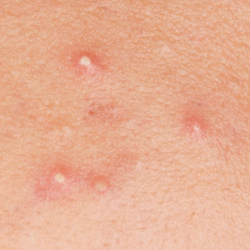
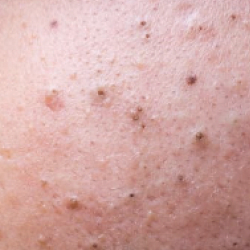
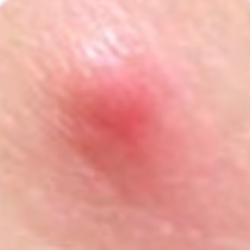
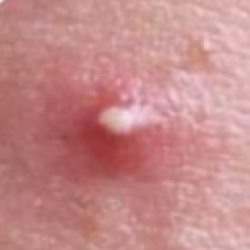
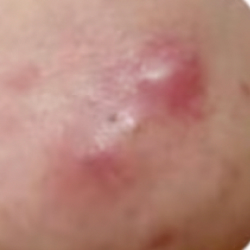


Acne can appear in several areas of the body, each giving you issues and problems that require targeted treatments. The most commonly affected areas include:
Face
The most visible and frequently affected area. Acne on the face can significantly affect one’s confidence and self-esteem.
Chest
The most visible and frequently affected area. Acne on the face can significantly affect one’s confidence and self-esteem.
Back
The most visible and frequently affected area. Acne on the face can significantly affect one’s confidence and self-esteem.
Here are the specific concerns addressed by acne treatments:
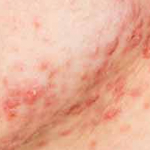
Acne Breakouts
These can show as blackheads, whiteheads, papules, pustules, nodules, or cysts. Each type requires a specific approach for effective management.
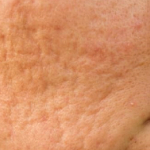
Scarring
Acne scars can be categorised into atrophic (depressed) and hypertrophic (raised) scars. Treatments focus on minimising their appearance and improving skin texture.
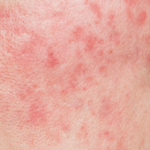
Redness and Inflammation
Active acne often results in redness and swelling. Reducing inflammation is crucial for soothing the skin and preventing further breakouts.
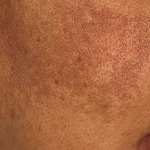
Hyperpigmentation
Post-inflammatory hyperpigmentation (PIH) occurs when acne heals and leaves dark spots. Treatments aim to lighten these spots and even out skin tone.
The cost of acne treatment can vary based on several factors. Knowing these factors can help you anticipate your expenses and plan accordingly.
To get a personalised cost estimate and explore available payment options, it’s best to schedule a consultation.
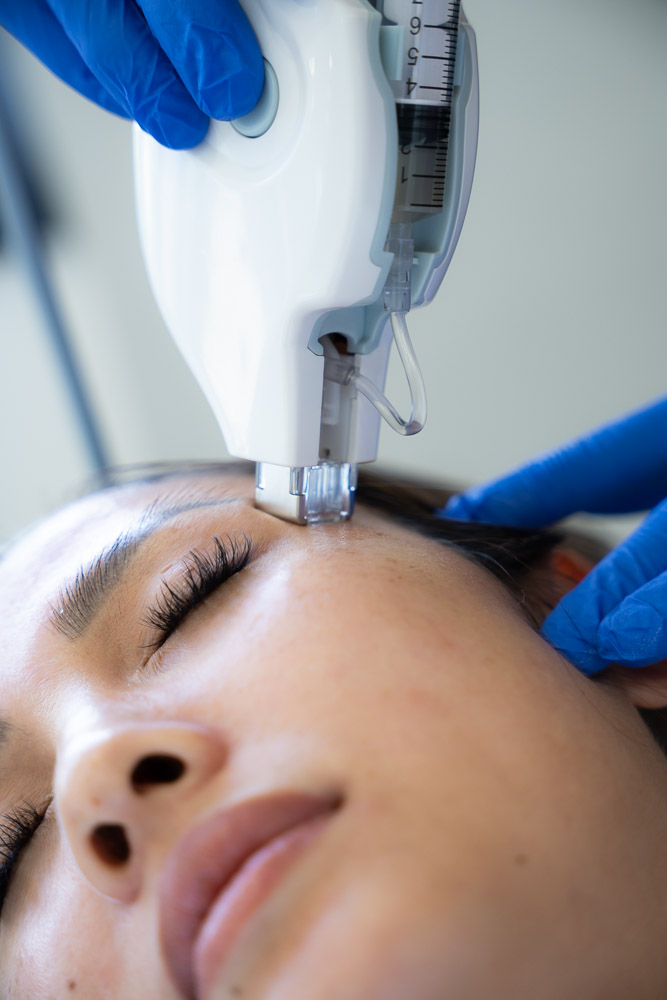
Professional acne treatment involves a thorough process tailored to address specific needs. Here’s a typical treatment process:
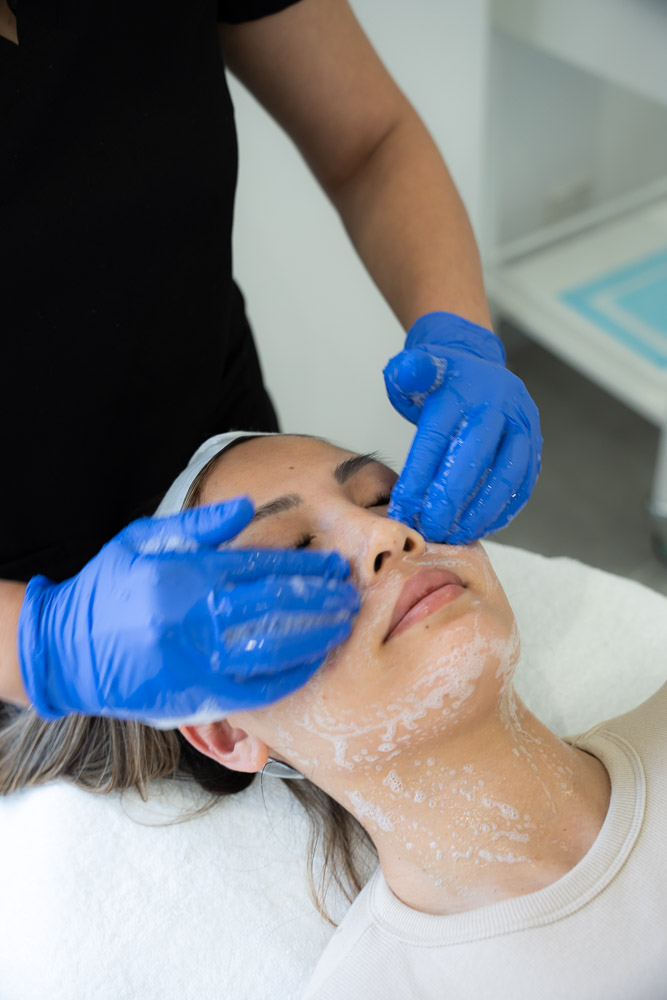
The journey to clear skin starts with an initial consultation and assessment, which is crucial for developing an effective treatment plan.
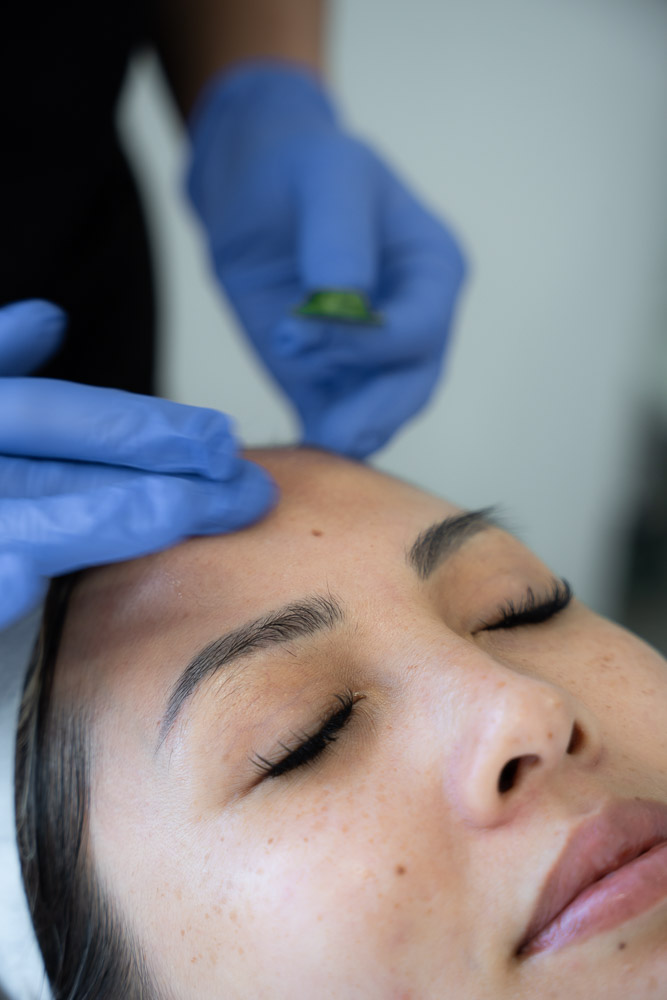
The treatment procedure varies depending on the chosen method. Here are some common acne treatments:
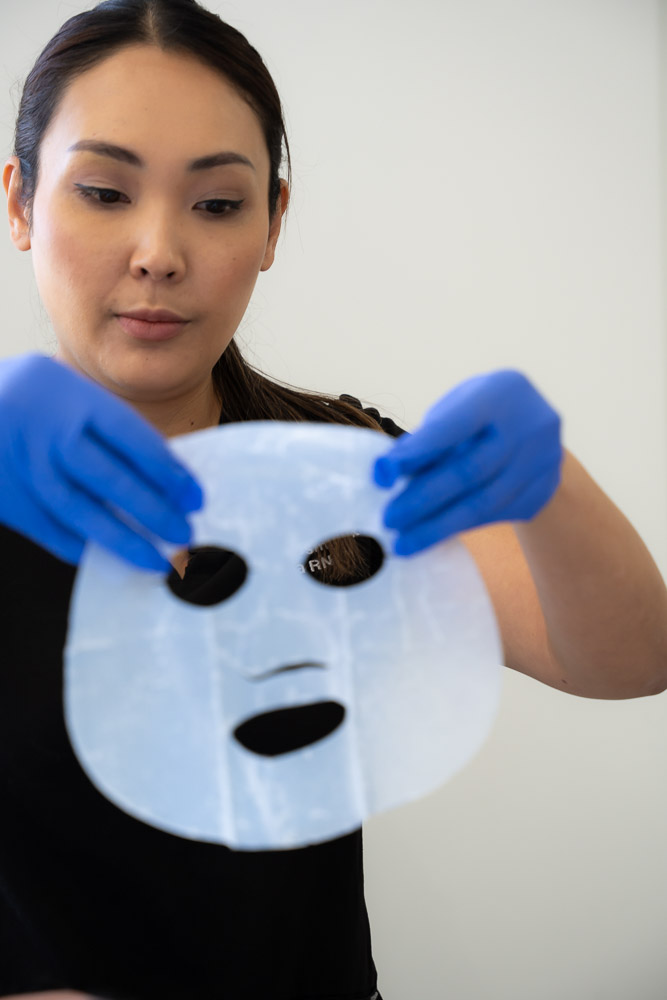
Proper aftercare is essential to prevent further breakouts and maximise the effect of the acne treatment. Here are some general aftercare tips:

The results of acne treatments can vary based on the individual’s skin type, the severity of acne, and the specific treatment used. Here’s what you can expect:
immediate results
Some treatments, like light therapy, can immediately lessen inflammation and redness.
Short-Term Results
You may notice fewer breakouts and a clearer complexion within a few weeks.
Long-Term Results
With ongoing treatment, the skin’s texture improves, scars fade, and hyperpigmentation decreases. Regular maintenance treatments may be necessary to sustain these results.
At RejuveCosmetix, a consultation provides an opportunity to discuss various cosmetic treatments aimed at skin rejuvenation and enhancing facial features. Our practitioners take a personalised approach, tailoring each treatment plan to align with your individual needs and goals.
Treatment plans are customised based on your unique needs and preferences.
You will receive professional advice on the treatment options best suited to your skin concerns.
A thorough evaluation of your skin's condition helps in recommending appropriate treatments.
Our practitioners explain the benefits and potential risks of each treatment, ensuring you have a clear understanding before making any decisions.
At RejuveCosmetix, our approach goes beyond the treatment room. We believe in building trust and fostering a comfortable environment where you can feel confident in your choices. Our highly qualified practitioners are skilled and approachable, ensuring that your concerns are heard and addressed with care. We prioritise transparency and integrity, offering honest advice and realistic expectations so that you can make decisions about your journey.
The effectiveness of acne treatments depends on the type of treatment and the skin condition. Many patients experience significant improvements with professional treatments within a few months.
Most acne treatments involve minimal pain and discomfort. Our practitioners ensure that patients are comfortable throughout the procedure.
Recovery time depends on the type of treatment. Most patients can resume normal activities immediately after treatments like light therapy, while procedures like chemical peels may require a few days of downtime to recover fully.
The longevity of the results depends on the treatment type and the individual’s skincare routine. Regular maintenance treatments and proper skincare can help maintain results.
While acne treatment can significantly minimise current breakouts and improve skin health, maintaining clear skin often requires a combination of ongoing treatment and lifestyle changes.
Side effects vary on the treatment. Common side effects may include temporary redness, dryness, or peeling. Our practitioners will discuss potential side effects and how to manage them.